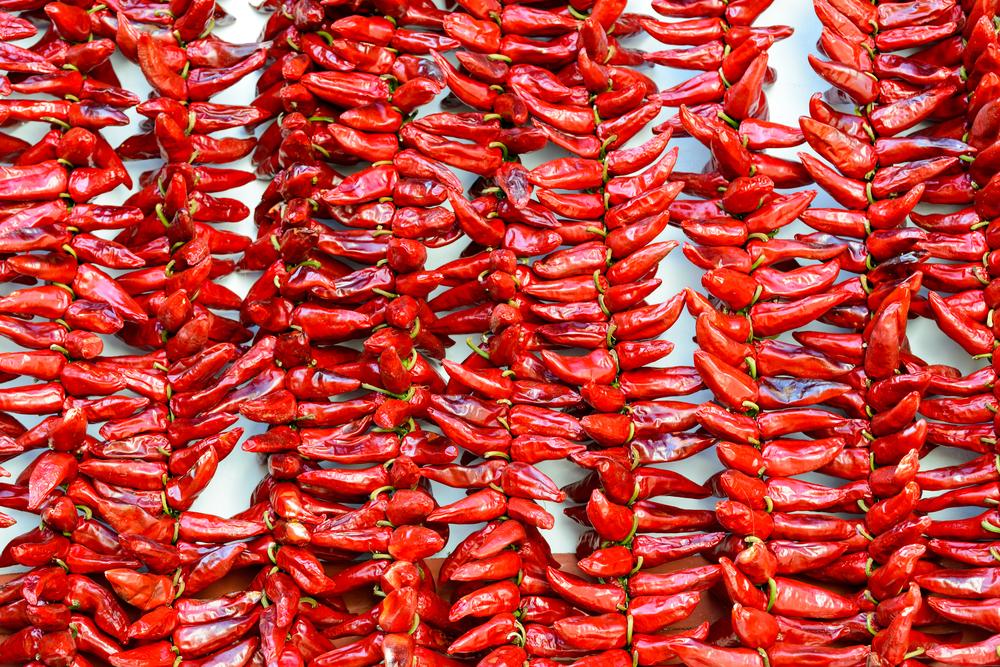In this series, we ask chefs about the secret ingredients they love—and how you can use them at home. Here, two chefs share two regional pepper powders to add to your spice cabinet.
From a French Village
Amber Lancaster Executive chef, Sable Kitchen & Bar ChicagoSecret Ingredient: More often than not, I’m usually sneaking a little bit of piment d’Espelette, a red chili pepper powder from the Basque region of France, into my dishes. I earned my Le Grande Diplôme from Le Cordon Bleu Paris and spent time after training under French chefs, so my cooking style is heavily influenced by my experience abroad.






